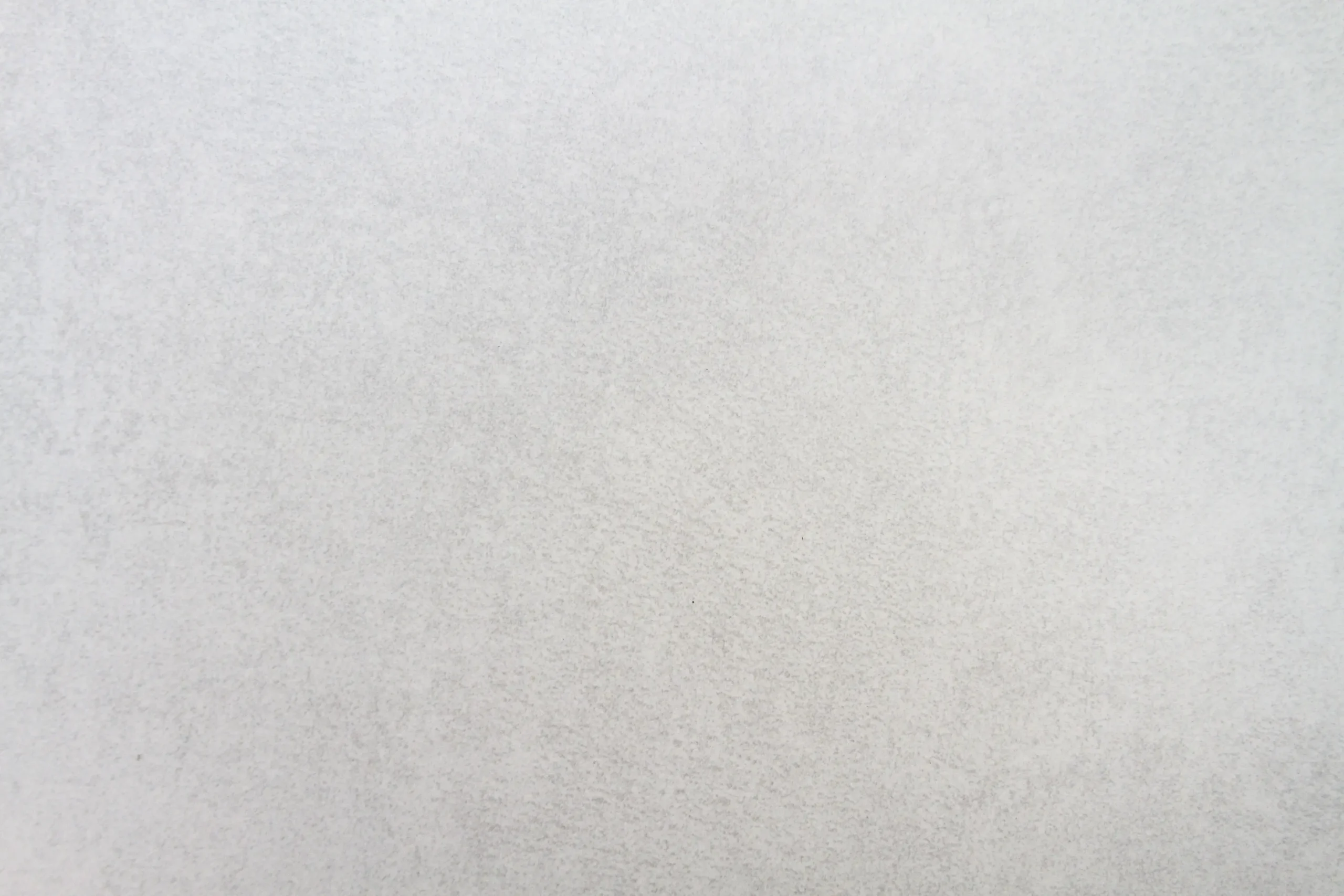The roof is one of the most important structures to a building; however, it is also susceptible to the most damage due to its large surface area and exposure to the elements. There are many natural phenomena that may threaten the integrity of your roof. From landscaping to water ponding, read about the most common natural threats to your roof.
1) Trees
After large storms or just as a result of gravity, trees and branches may fall on the top of a roof. A tree can crack or puncture a roof causing gaps and holes. In order to avoid this kind of damage, trim any branches that could threaten your roof and try and keep landscaping a safe distance from the perimeter of the structure. You should also be aware of falling leaves and pine needles. These materials can accumulate on top of the roof even if you have trimmed the branches and can cause unwanted moisture, which leads to deterioration or mold.
2) Hail
Hail is one of nature’s most damaging form of precipitation. Because it is hard to detect and see with the untrained eye, hail may fall without a homeowner or building owner to realize that it has fallen. Hailstorms can leave punctures in a roof if they hit hard enough and can cause a lot of damage. Hail damage may be mistaken for exposure to inclement weather which will naturally erode roofing materials and cause an aged appearance.
3) Ponding
Ponding occurs when water pools on the top of a roof, trapping debris and algae. This water can cause damage to the structural integrity of a roof and also affects the roof’s drainage. Ponding can lead to erosion of the roof and ultimately deterioration of the building materials. If it is unaddressed for too long, it may even cause a roof to collapse.
4) Wind
Wind might be good for sailing, but it can affect the structural integrity of a roof. Strong gusts of wind can tear off or damage shingles, rubber, tiles, metal, and other roofing materials. It can also carry hail with it. Wind damage can leave your roof unprotected and result in water leaking into ceilings and walls.
5) Ice
Ice can cause problems not only for your roof, but for people passing by below it. During the winter snow can accumulate on the roof. Heat from the building or climate changes cause the snow to melt, creating runoff. If cold enough, this water can form ice dams along the edges of the house causing blockages in the water drainage of the roof. This ice buildup can cause water to leak through a roof.
6) Moss
Moss can be the silent killer of your roof. Because it grows so slowly, moss may be an unsuspecting cause of roof leaks and deterioration. Moss feeds off of roof tiles and shingles and retains water to survive. As it grows, it eats away the layers of your roof, and you may discover roof cracks or leaks. Moss and algae buildup can also cause blockages to gutters and drainage paths. However, just because your roof has moss stains, it does not necessarily need a new roof. But you should maintain your roof and clean up areas with moss buildup.
If your roof has become damaged due to any of these natural causes or if you are looking to prevent damage, contact Kodiak Roofing for the solution!

